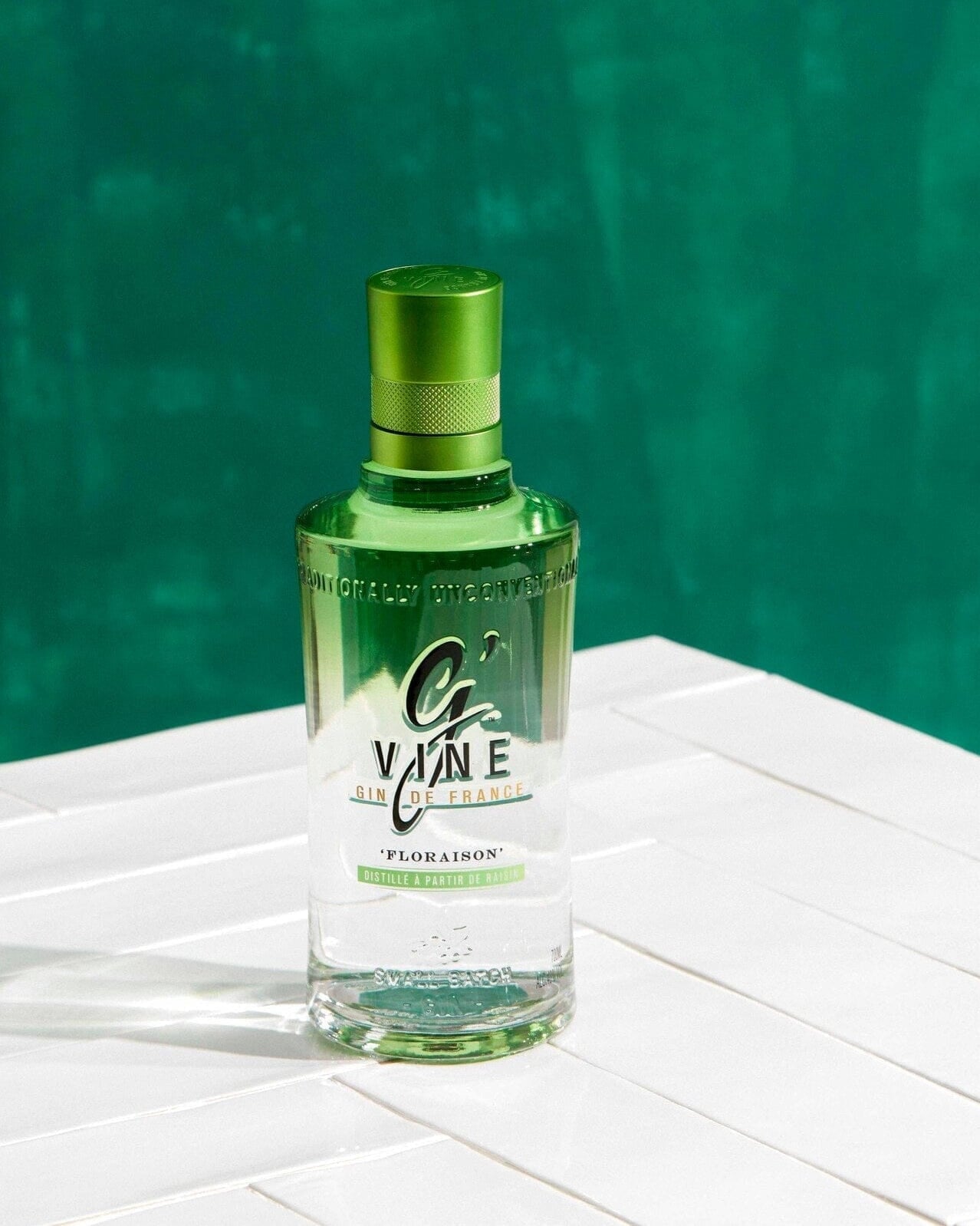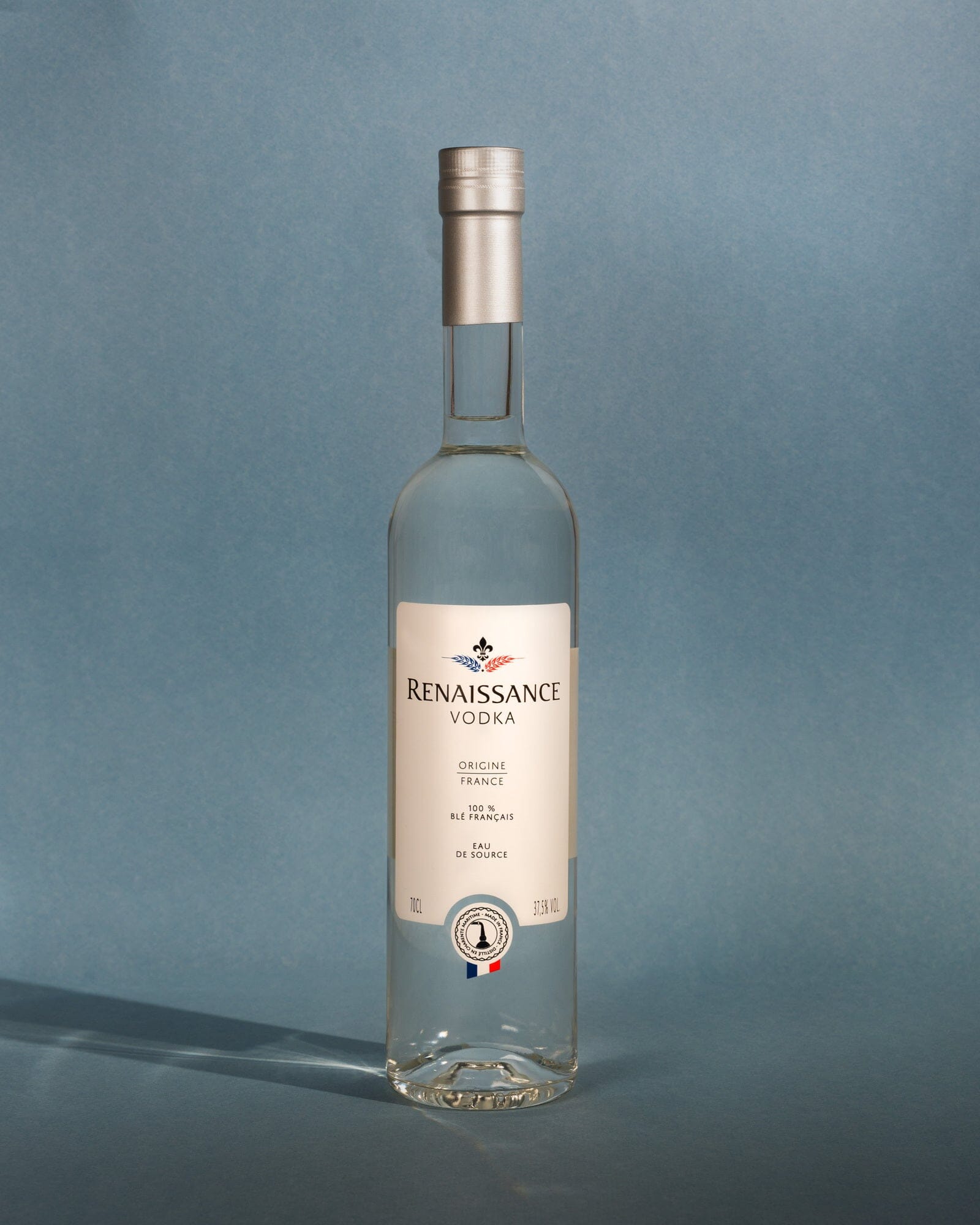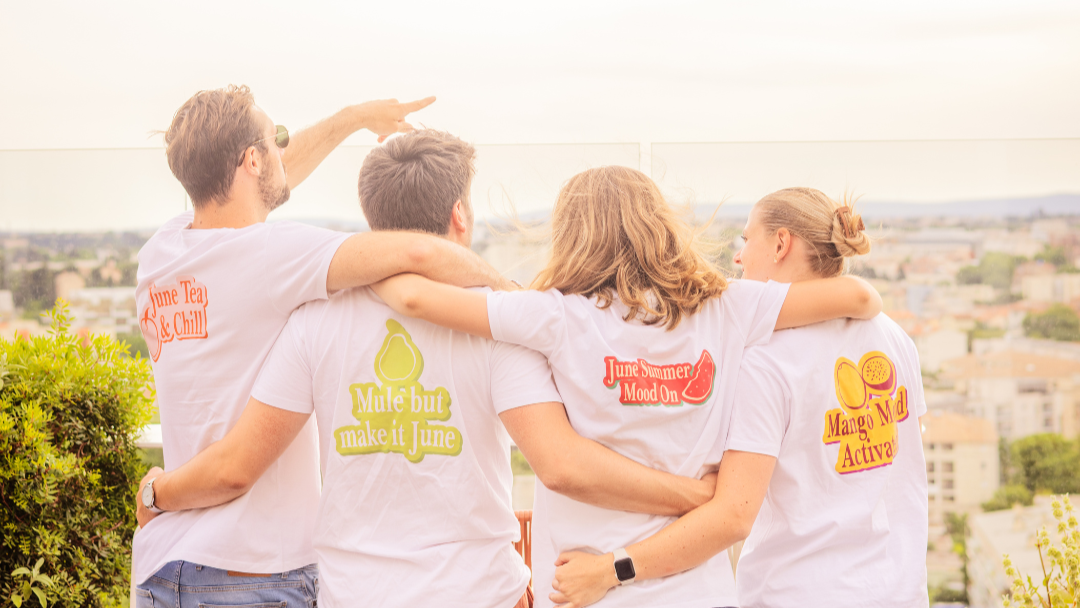The Pérat wine estate
The Pérat wine estate: 40 hectares of land including thirty-five hectares of vines spread
in the prestigious Grande and Petite Champagnes vintages.


A preserved heritage
The buildings have evolved over time. A few dates bear witness to this: a winemaking cellar (1704), a pre-phylloxera manor house (1818) before the phylloxera that destroyed the cognac vines in the 19th century, a distillery, a bread oven, and cellars make this complex a preserved illustration of rural housing in Charente, today dedicated to the
vinification and aging of some of Maison Villevert's creations.


As a distiller, Domaine du Pérat offers Maison Villevert's teams the opportunity to craft their own distillery cognacs, maintain strong ties to the land and oenology, and continue to innovate in the traditional fields of viticulture, winemaking, distillation, and aging. Domaine du Pérat is HVE (High Environmental Value) certified, recognizing the good environmental practices adopted in the vineyard.
In Pérat, Maison Villevert has invested in equipment and quality since 2013: a modern winemaking cellar, worthy of the great vintages, (5000 HL of stainless steel vats), three fully restored aging cellars and in 2021 a pressing center.


Cultivation methods & labels
Le Pérat aims to become a model farm in Charente. This estate was also intended as a place for exchange and discovery. The complex illustrates regional heritage and expertise and is part of Maison Villevert's plan to place vines, grapes, wine, and human labor at the heart of the business.
Domaine du Pérat has received the “Cognac Environmental Certification” (CEC) and “High Environmental Value” (HVE), recognizing the House's commitments regarding the treatment of phytosanitary effluents, the spreading plan (approved by the Chamber of Agriculture), and compliance with the “2021 Riverside Charters” environmental charters.
Respect for biodiversity and environmental protection are also major issues that have led Maison Villevert to initiate a planting program over several years, including in particular the planting of landscaped beds and honey-producing hedges intended to feed pollinating insects, the installation of several nesting boxes and the installation of beehives.
This commitment is also marked by support, since 2023, for the "Plantons pour l'avenir" endowment fund, whose objective is the reforestation of France. These actions contribute to collective carbon neutrality and support this promising economic sector.













